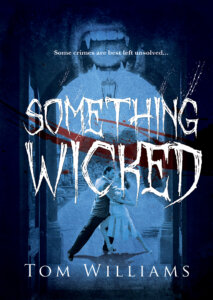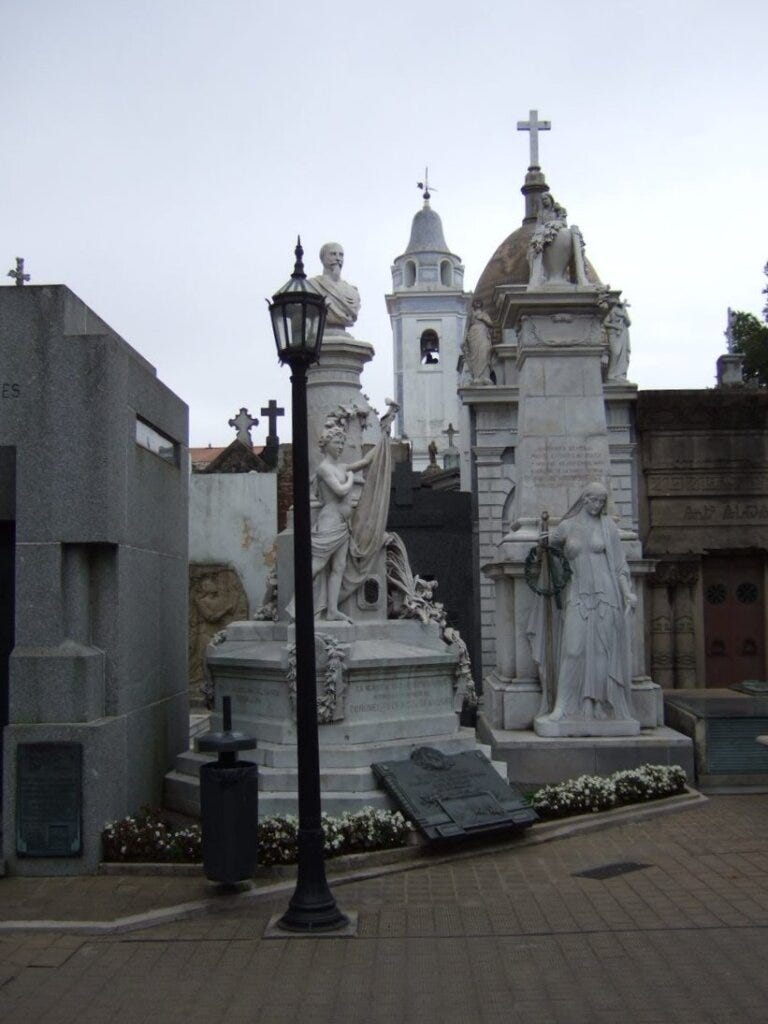This is a shorter version of a piece about tango that I’ve just put on Substack. Substack just seems more fun and, from a simple mechanics point of view, much easier to post on. I recommend you go there. But, if you don’t want to, here’s the edited version (without video and other fun bits).
There are several different styles of tango, but at a traditional milonga people usually only dance three. One is just called tango (and we’re talking Argentine tango here, not ballroom tango, which I could write a whole different post on). The other two (to add to the confusion) are also tangos, but use different music: vals and milonga.
At social dances (milongas), music is played in sets of three or four songs (called tandas), separated by some non-tango music (called the cortina) while people sort themselves out for the next set. In traditional milongas, you play two tango tandas, then a vals tanda, then two more sets of tangos, and then (just to confuse everyone again) a milonga tanda.
Most people will recognise tango music when they hear it. I can’t put in examples (copyright issues) but there is a link to one well-known song (and also one of the best movie tango scenes) HERE.
‘Vals’ is just the Spanish for ‘waltz’ and is music in waltz time. It’s usually danced faster than a regular tango and it has a very distinct ‘feel’ but most people who tango will also dance tango vals.
Milonga is different. It’s probably the oldest, simplest kind of tango and has distinctively syncopated beat. There’s a link HERE. Although it’s simple, the steps are very fast and it makes a lot of people nervous.
EASIER DONE THAN SAID
Tango is not really that complicated. It started as a dance for working people in South America who wanted to relax at the end of a long day and the music grew from the different styles of music that he various immigrant communities brought with them. It has spread throughout the world as a joyous way for people to come together in dance. As it has spread, so it has grown and developed, so that many people will not be dancing in the formal milonga patterns of yesteryear. New styles have developed with new and exciting music. Underlying it all, though, remain the three basic types of music — tango, vals, and milonga — and the different styles of dance that go with them.
TANGO IN MY BOOKS
There is no tango in my historical fiction, because the dance didn’t develop until the late 19th century I have written some Urban Fantasies, though, and these feature a vampire who loves tango. I’ve always thought tango would appeal to the Undead because it exists largely in a nocturnal world. Perhaps that explains the elaborate cemeteries in Buenos Aires.
My vampire is living (or undead) in London where Brompton Cemetery has to stand in for Recoleta, but he dances an awful lot of tango, which is quite central to the story.
Something Wicked has been described as “a cleverly-conceived, well-written and excellently plotted novel about murder, policing, vampires, and Tango”. It was certainly fun to write and I hope you find it fun to read. You can buy it on Amazon in paperback (£7.99) or on Kindle (£2.99).


